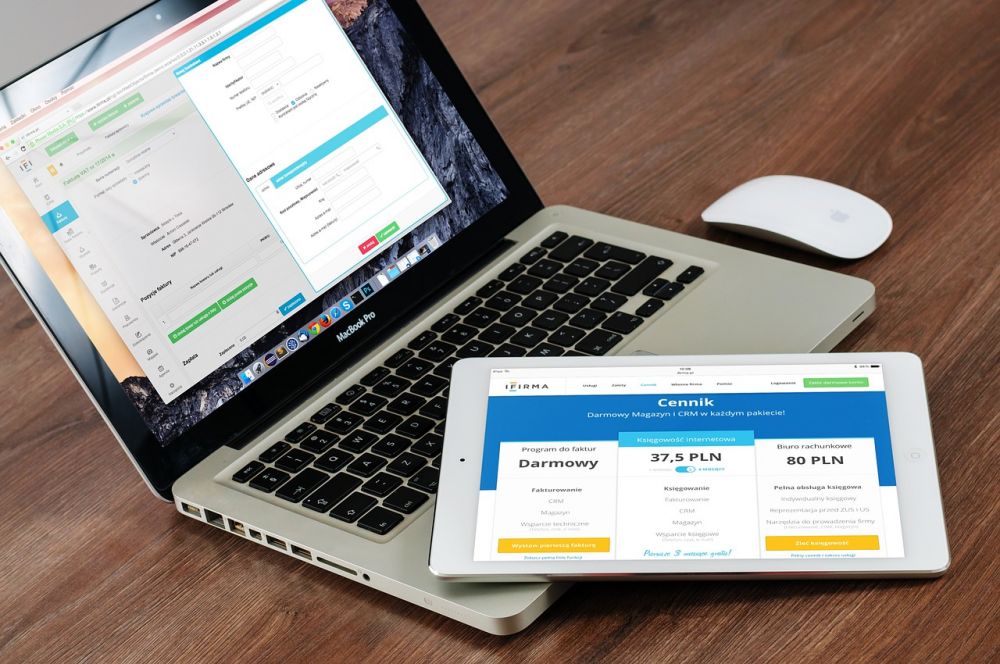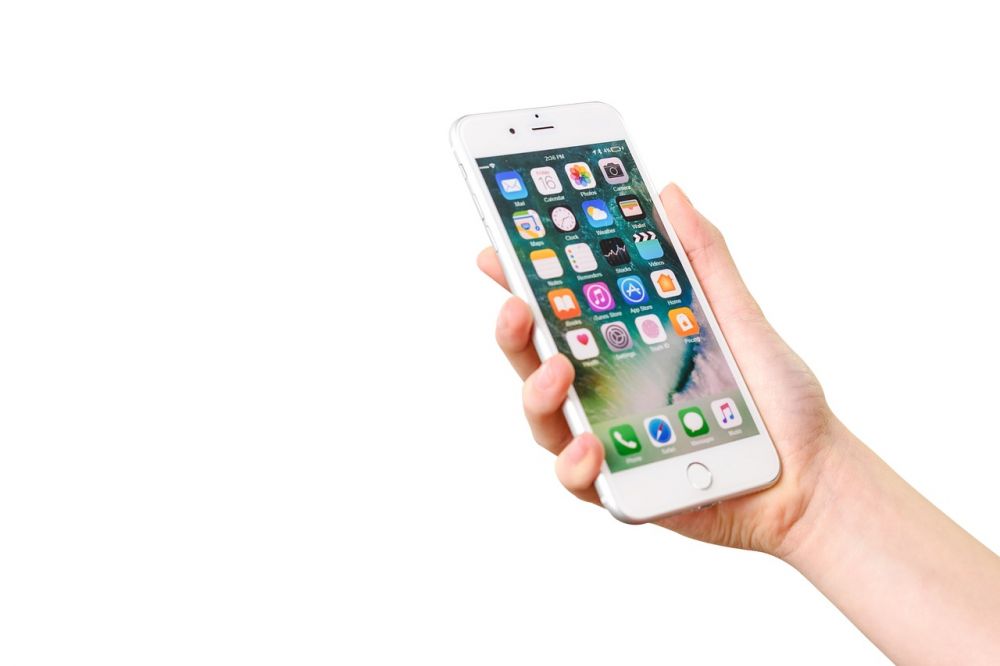Thema: The Evolution of Thermometer Apps: A Comprehensive Guide for Tech Enthusiasts

Introduction to Thermometer Apps
Thermometer apps have become increasingly popular among tech enthusiasts, offering a convenient and accurate way to measure temperature. These apps utilize the sensors present in smartphones to provide real-time temperature readings, making them a go-to tool for various purposes. Whether you’re a weather enthusiast, a health-conscious individual, or simply curious about the temperature around you, thermometer apps can provide valuable information at your fingertips.
Evolution of Thermometer Apps

Thermometer apps have come a long way since their inception. Initially, these apps were limited to providing basic temperature measurements based on the smartphone’s internal sensors. However, advancements in technology have allowed for more accurate and sophisticated temperature readings. Below is a chronological overview of the key milestones in the evolution of thermometer apps:
1. Basic Temperature Measurement:
– Early thermometer apps provided basic temperature readings using the smartphone’s internal sensors.
– Users could check the temperature of their surroundings by simply launching the app and viewing the displayed value.
2. Integration with Weather Data:
– As thermometer apps gained popularity, developers started integrating real-time weather data into the apps.
– Users could now access not only the temperature but also additional weather information such as humidity, wind speed, and forecast.
3. Smart Home Integration:
– With the rise of smart home devices, thermometer apps began integrating with these systems.
– Users could now check and control the temperature of their homes remotely through their smartphone apps.
4. Health and Medical Applications:
– Thermometer apps expanded their functionalities to cater to health and medical needs.
– Some apps now offer features like body temperature measurements, fever tracking, and personalized health recommendations.
5. Internet of Things (IoT) Integration:
– Recently, thermometer apps have started integrating with IoT devices and platforms.
– Users can connect their smart thermometers to their smartphones, allowing for seamless temperature monitoring and data analysis.
The Importance of Thermometer Apps
Thermometer apps have become essential tools in various aspects of life. Their importance can be summarized as follows:
1. Convenience: With a thermometer app, there is no need to carry a physical thermometer. Temperature readings can be obtained instantly with just a few taps on your phone.
2. Accuracy: With advancements in technology, thermometer apps now provide accurate temperature measurements, comparable to traditional thermometers.
3. Accessibility: Thermometer apps are readily available on app stores, making them accessible to anyone with a smartphone.
4. Multi-functionality: Many thermometer apps offer additional features like weather forecasts, health monitoring, and smart home integration, adding value and convenience to users.
5. Data Analysis: Thermometer apps can store temperature data over time, allowing users to analyze trends, detect patterns, and make informed decisions.
Tips for Choosing the Right Thermometer App
With the multitude of thermometer apps available, it can be challenging to pick the right one. Here are some essential factors to consider:
1. Accuracy: Look for apps with a reputation for providing accurate temperature readings. User reviews and ratings can be helpful in assessing this aspect.
2. Features: Determine your specific needs and choose an app that offers the features you require. Whether it’s weather integration, health monitoring, or smart home integration, prioritize the functionalities that align with your interests.
3. User Interface: A well-designed and user-friendly interface can enhance the overall experience of using a thermometer app. Look for apps with intuitive layouts and easy-to-understand controls.
4. Data Security: As with any app, ensure that the thermometer app you choose prioritizes data privacy and security. Check if the app collects any personal information and how it handles sensitive data.
5. Compatibility: Verify that the thermometer app is compatible with your smartphone’s operating system. Most apps are available for both iOS and Android devices, but it’s always best to confirm before downloading.
In conclusion, thermometer apps have evolved significantly over time, offering convenience, accuracy, and diverse functionalities to tech enthusiasts. From basic temperature measurements to integrated weather data, health monitoring features, and IoT integration, these apps have become an indispensable tool in our daily lives. When choosing a thermometer app, consider factors like accuracy, features, user interface, data security, and compatibility to ensure the best experience. So go ahead, embrace the world of thermometer apps, and enjoy the convenience of temperature measurements right at your fingertips.





